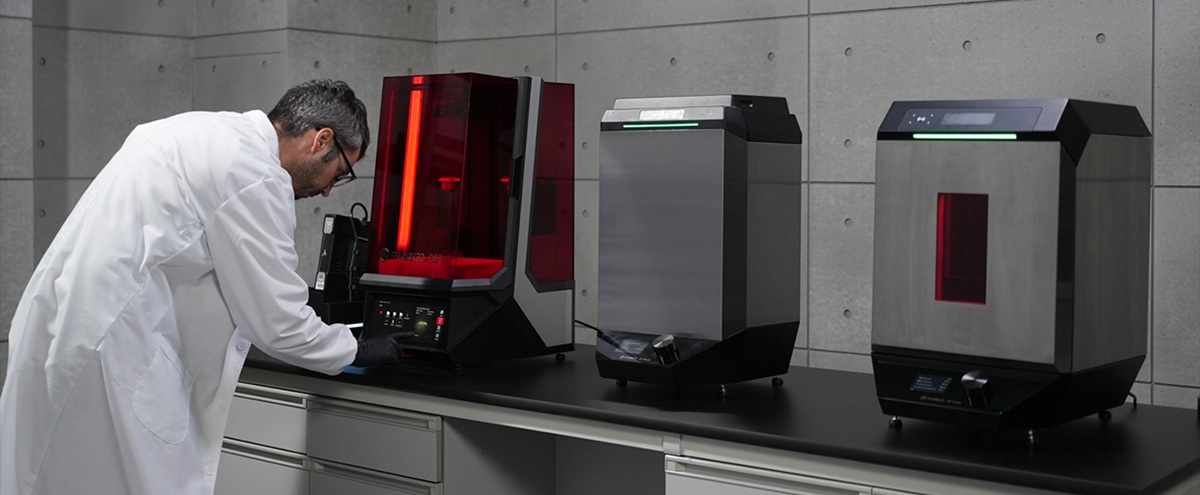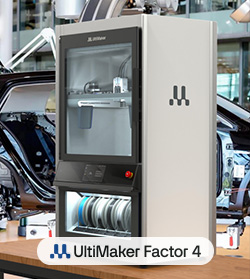Fireproof additive manufacturing: the benefits of flame retardant materials in modern industry

At the heart of modern industry, safety is an imperative. Nowadays we make increasingly intensive use of electronic components or batteries, which are used massively in various industrial and transport sectors.
Modern electric cars, for example, are manufactured by assembling various components made of plastic materials, in order to reduce the weight of the vehicle and preserve its driving autonomy. These components connected to live metal parts could burn easily and therefore must comply with rigorous fire safety standards.
For this reason they are made using flame retardant materials.
Flame retardant materials are designed to resist ignition and the development of fire. Their special chemical composition makes them essential in sensitive sectors such as electronics, the automotive, railway and aerospace industries.
Taking into consideration a B-segment electric car, 100% battery-powered, the components can vary between 3,500 and 4 thousand. It is easy to imagine how many components are needed to build an electric bus, or a train and an airplane.
Such a high quantity of parts requires highly performing industrial solutions.
In our portfolio there are different types of UL 94 V-0 certified FFF 3D printing filaments but - for parts with smaller details such as electronics connectors - it may be necessary to use photopolymerizing resin technology.
The new flame retardant resin from BASF
BASF Forward AM, a division of the chemical industry giant BASF, specialized in the development and production of innovative solutions for additive manufacturing, has released the resin Ultracur3D® RG 9400 B FR.
Ultracur3D® RG 9400 B FR is a rigid, flame-retardant material that can be used to manufacture parts requiring UL 94 V-0 classification. The material is halogen-free and, in addition to its flame retardant properties, has a very high HDT, making it ideal for demanding applications in electronics, custom jigs and fixtures, and replacement parts for industrial environments.
 3D printed electrical connector with Ultracur3D® RG 9400 B FR during burning
3D printed electrical connector with Ultracur3D® RG 9400 B FR during burning
 3D printed electrical connector with Ultracur3D® RG 9400 B FR after burning
3D printed electrical connector with Ultracur3D® RG 9400 B FR after burning
Main properties of this resin:
- Flame retardant UL 94 V-0 at 3mm
- Resistance to high temperatures. HDT B > 250° C
- Easy printing and processing
- Young's modulus: 3900 MPa
- Viscosity, 30°C: 350 MPa
Its unique properties ensure temperature stability despite being halogen and TPO-free.
The material is particularly suitable for applications such as electrical connectors, cable supports and housings that require UL 94 V-0 classification.
Ultracur3D®RG 9400 B FR is compatible with resin 3D printing systems that use different wavelengths.
It stands out from other flame retardant materials for having a low viscosity and being very easy to handle and print.
The low viscosity reduces the force needed to lift the print head, which contains the parts immersed in the resin tray. This translates into greater production speed and printing accuracy.
Dynamic Mechanical Analysis (DMA)
In this DMA measurement, a cyclic strain is applied to the printed sample and the response of the sample is recorded as a function of temperature. This can give a good impression of the changes and material behavior, both at low and high temperatures. The measured dynamic modulus is a good indication of the stiffness of the material. The maximum in Tan Delta gives the glass transition temperature.

Recommended industrial solution
The Raise3D DF2, after its debut at Formnext 2023, takes on an important position among the industrial solutions capable of enabling reliable and economically advantageous series production. Although for some types of resins it is not necessary to use 3D printers with a heated chamber, the DF2 allows you to work in a controlled environment (up to 40°C) and therefore to print without altering the viscosity of the photopolymer, thus respecting the precision parameters and production speed, which the industry needs.
Production continuity is guaranteed by the auto-feeding system which allows the filling of the resin tank based on the signal received from an ultrasonic sensor positioned inside the printer which monitors its level.

To optimize the workflow, Raise3D integrates the DF Wash for washing the pieces and the DF cure for curing. These accessories, connected to each other, automatically acquire the data of the resin used in order to independently set the phases and durations of post processing.
In Same Category
Related by Tags
- Fireproof additive manufacturing: the benefits of flame retardant materials in modern industry
- Raise3D Announces the Launch of the DF2 Solution at Formnext
- The smart mask (ME)² by A3K for disease prevention
- Raise3D announces the Pro3 Series for small-batch production
- Raise3D introduces new E2CF professional desktop 3D printer to enable production of carbon fiber parts







Leave your comment